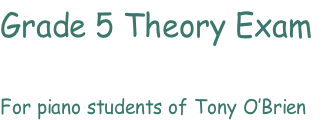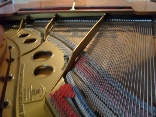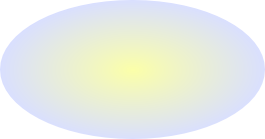

Step 1. An interval is defined by a numbered interval between two notes(pitches).
The interval is always read up from the lower pitch (bottom note) to the higher pitch (top note). The easy part is to state the numbered interval, because that can be done without any musical knowledge simply looking at the “gap” between notes on the stave, without worrying about clefs, scales or key signatures.

If the the two notes are both written as line notes or both written as space notes,
the interval must be an odd number. No clear lines between the notes -

If the the two notes are written as a line and space note, the interval must be an even number.
No clear lines between notes -
Step 2. The difficult bit is fully describing the interval as major, minor, perfect,
diminished or augmented. For this you need to read the bottom note correctly -
Apart from 4th and 5th intervals, all the other intervals can be diminished, minor, major and augmented with diminished being the smallest (“flattest”) and augmented being the largest (“sharpest”) interval.
So...
- From Step 1, you know the intervals above are all 3rds.
- Reading the clef and any key signature you know the bottom note is C
- Knowing your C major scale, you know E (natural) is the third note of the scale
- The minor third is one semitone smaller (“flatter”) than the major -
C- Eb - The diminished third is two semitones smaller (“flatter”) than the major -
C - Ebb - The augmented third is one semitone (“sharper”) then the major -
C- E#
This same reasoning works with 2nds, 6ths and 7ths (and 9ths, 13ths and 14ths)


2nd, 3rd, 6th and 7th intervals can be dim, min, maj, aug
4th and 5th intervals can only be dim, perfect, aug
4th and 5th intervals cannot be major and minor, but are instead diminished, perfect and augmented with diminished being the smallest (“flattest”) and augmented being the largest (“sharpest”) interval.
So...
- From Step 1, you know the intervals above are all 5ths.
- Reading the clef and any key signature you know the bottom note is C
- Knowing your C major scale, you know G (natural) is the fifth note of the scale
- The diminished 5th is one semitone smaller (“flatter”) than the major 5th -
C- Gb - The augmented 5th is one semitone (“sharper”) then the major 5th -
C- G#
This same reasoning works with 4ths (and 11ths and 12ths)

